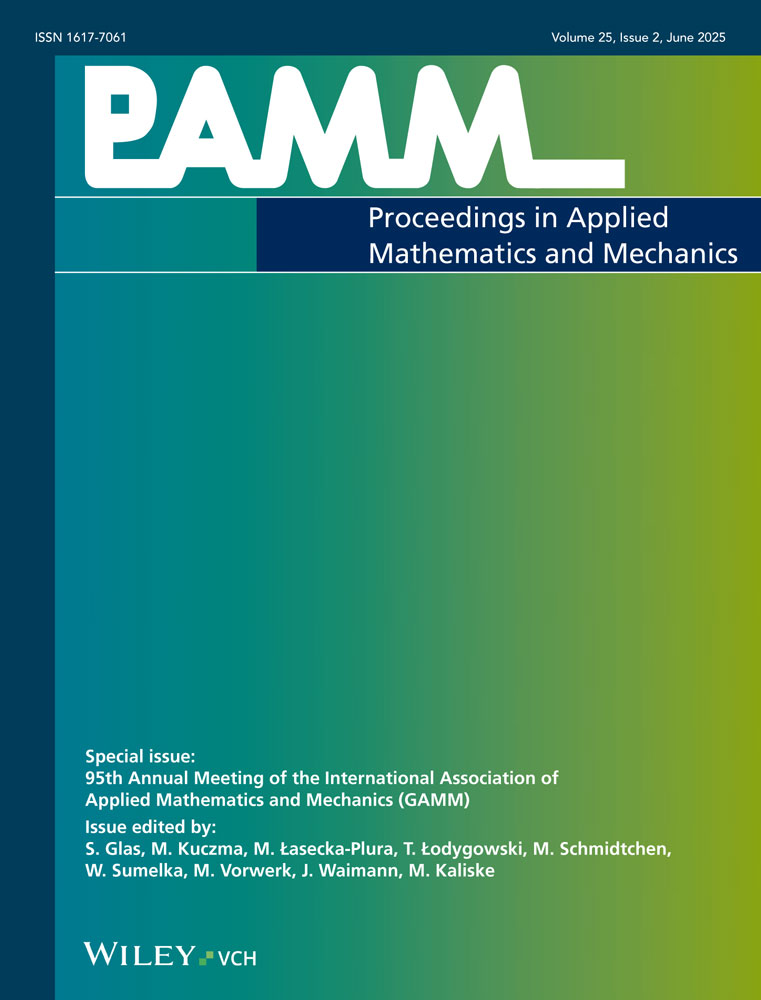Comparison of dilatant plasticity models in application to rubber-toughened polymers
Abstract
The overall deformation behavior of rubber-toughened polymers (e.g. PC/ABS blends) exhibits a pronounced plastic dilatancy. As this volume increase results from diverse micromechanisms the appropriate structure of a macroscopic model is not obvious. In this contribution, different material models featuring plastic dilatancy are compared with regard to their ability to capture the deformation behavior of PC/ABS in different loading situations. All models are calibrated to match experimental data under uniaxial tension in terms of true stress-strain curves and the evolution of volume strain. Afterwards they are employed in finite element (FE) simulations of single-edge-notch-tensile (SENT) tests. Patterns of plastic deformation computed from the different material models are compared to experimental findings. (© 2016 Wiley-VCH Verlag GmbH & Co. KGaA, Weinheim)




